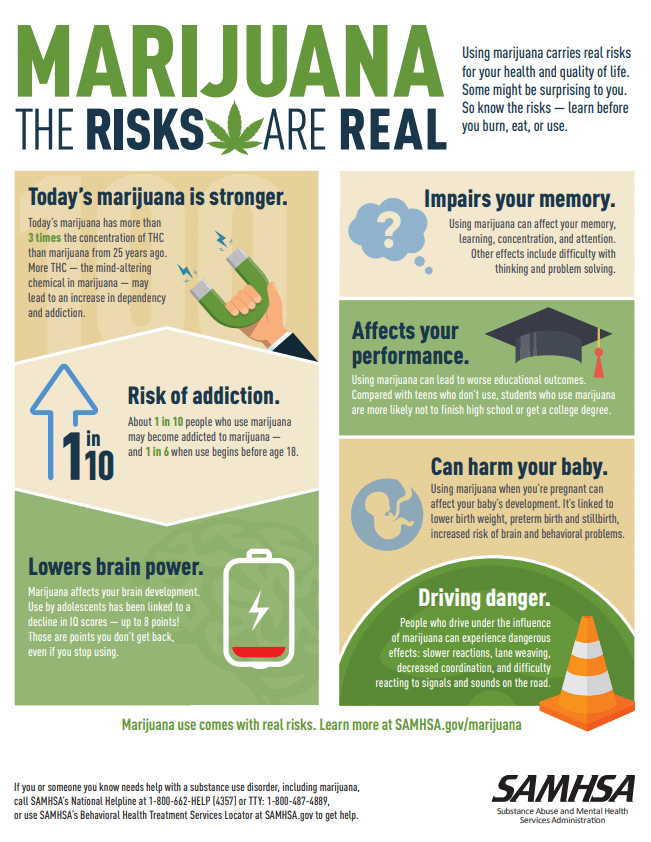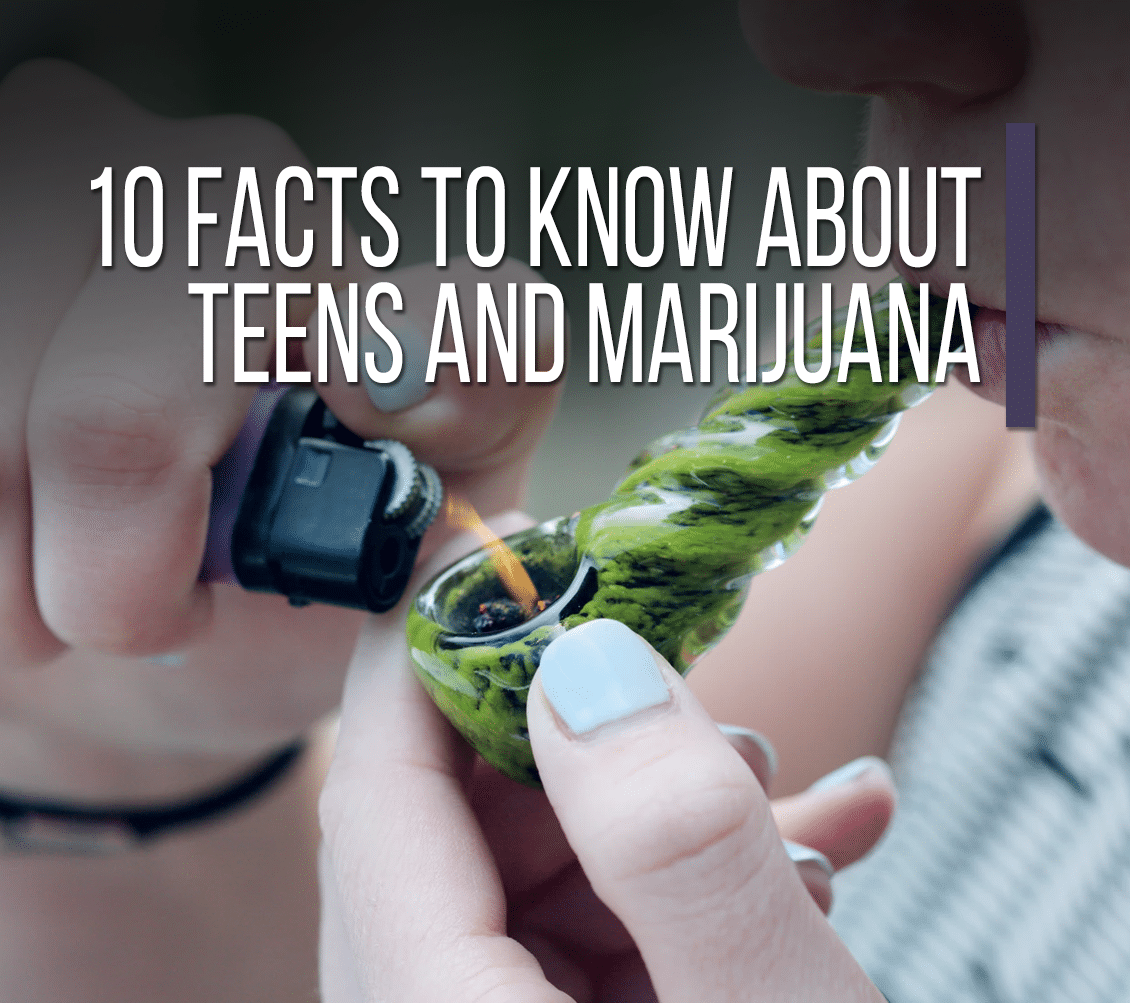[This article is part of a youth ministry series we have been writing about for years. Click the link to check out all of the other articles we have here.]
Ever since I wrote the article 10 Facts To Know About Teens and Vaping, it has been at least the second most viewed article on our site. The article itself was actually written out of necessity because several youth pastors in a Facebook group were asking questions and not getting any answers.
This article is more out of having the content and helping the Church out in understanding the facts of the situation. The topic is very tricky because many times the experts on the topic are the people who use. So the fight is a bit of a disadvantage when discussing this, yet those from a Christian perspective tend to argue out of ignorance anyways and many times it’s one of fear.
The details below are simply facts provided by the National Institute on Drug Abuse, a federal branch dedicated to advancing addiction science. Any opinions on if it’s okay or not have been left off of this, as it is important to understand the situation first before coming up with an opinion.
Changes in marijuana policies across states legalizing marijuana for medical and/or recreational use suggest that marijuana is gaining greater acceptance in our society. Thus, it is particularly important for people to understand what is known about both the adverse health effects and the potential therapeutic benefits linked to marijuana. Yet the U.S. Food and Drug Administration has not approved “medical marijuana.”
The list below is NOT comprehensive, but a starting point. Having done substance use treatment for five years, three in Colorado where recreational marijuana first became legalized, I have a lot of experience of working with people who struggle with problems as well as understanding of the substance.
- Marijuana is made up of several substances, most specifically THC (tetrahydrocannabinol, a crystalline compound that acts as an upper) and CBD (Cannabidiol, an oil that acts as a downer). CBD does not have the rewarding properties of THC. Medical marijuana tends to have a low count of THC, but at this time is still federally considered an illicit substance.
- Marijuana can be consumed via smoking from joints, bongs, or blunts. It can be put into teas, put into butter to create edibles. More recent concerning forms are through vaporizers as well as hash oils that you may smoke or dabs which can be 95% concentrated THC instead of the 5-12% THC in recreational marijuana. [1]
- Marijuana is the most commonly used illicit drug in the United States. Its use is widespread among young people. In 2015, more than 11 million young adults ages 18 to 25 used marijuana in the past year. [2]
- Marijuana has short- and long-term effects, including difficulty with thinking and problem-solving, delusions and psychosis (when taken in high doses), impaired body movement, and impaired memory short-term and lower IQ (up to 8 points) for teens, increased heart rate that increases risk of heart attacks, risk of child development during and after pregnancy, and breathing problems. [2]
- Recent data suggest that 30 percent of those who use marijuana may have some degree of marijuana use disorder. People who begin using marijuana before the age of 18 are four to seven times more likely to develop a marijuana use disorder than adults. [3]
- People who drive under the influence of marijuana can experience dangerous effects: slower reactions, lane weaving, decreased coordination, and difficulty reacting to signals and sounds on the road. [4]
- Some research suggests that marijuana use is likely to precede use of other licit and illicit substances and the development of addiction to other substances. However, the majority of people who use marijuana do not go on to use other, “harder” substances. [5]
- The U.S. Food and Drug Administration (FDA) has approved THC-based medications, dronabinol (Marinol®) and nabilone (Cesamet®), prescribed in pill form for the treatment of nausea in patients undergoing cancer chemotherapy and to stimulate appetite in patients with wasting syndrome due to AIDS. [6]
- The FDA also approved a CBD-based liquid medication called Epidiolex® for the treatment of two forms of severe childhood epilepsy, Dravet syndrome and Lennox-Gastaut syndrome. It’s being delivered to patients in a reliable dosage form and through a reproducible route of delivery to ensure that patients derive the anticipated benefits. [6]
- Secondhand exposure of marijuana with people smoking high-THC marijuana reported mild subjective effects of the drug—a “contact high”—and displayed mild impairments on performance in motor tasks. At this point, very little research on this question has been conducted. [7]
Here is a perfect 8.5×11 poster for anyone wanting to quickly put up in the youth group room or youth pastor’s office.

